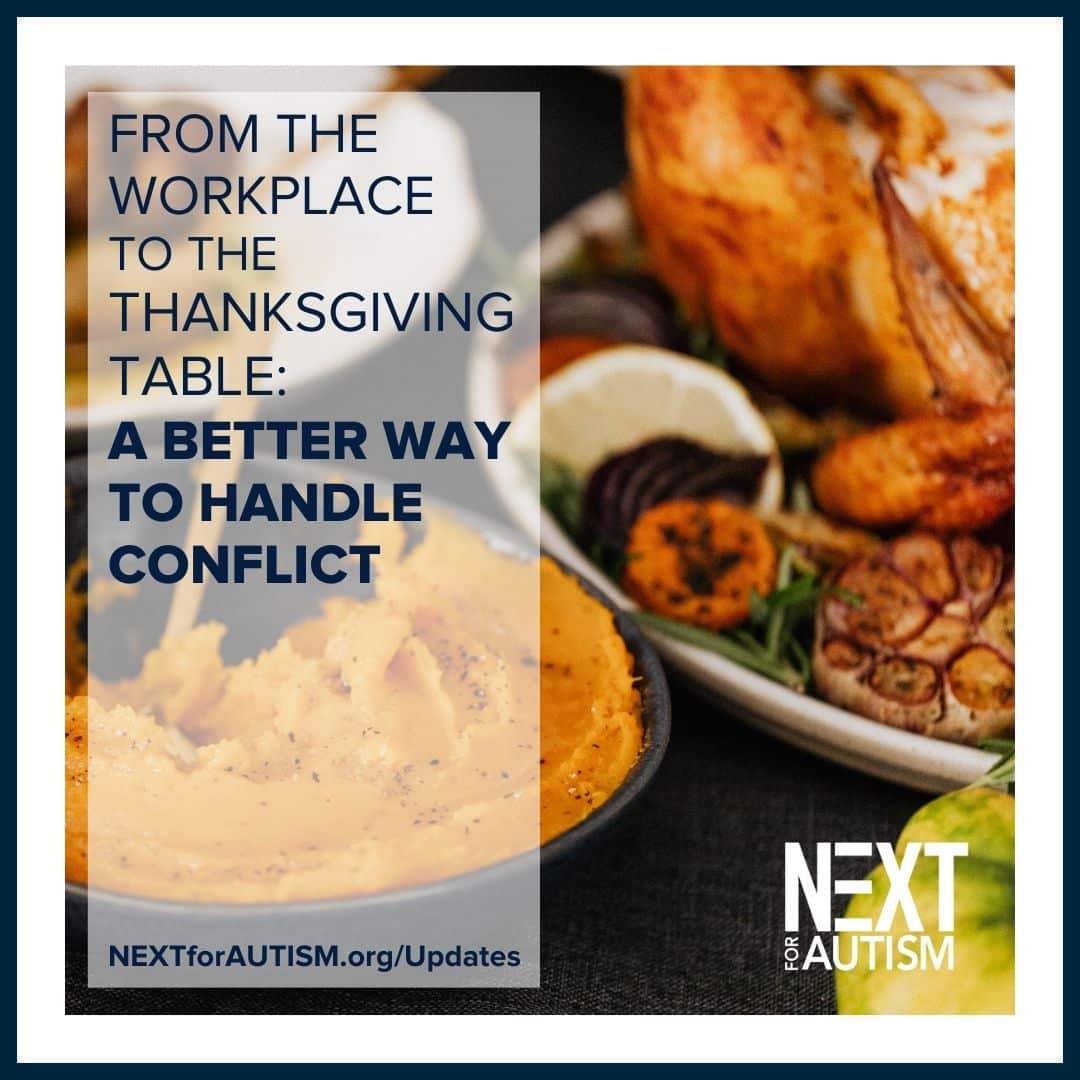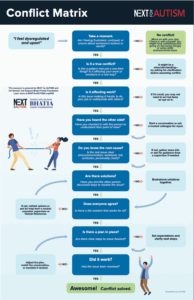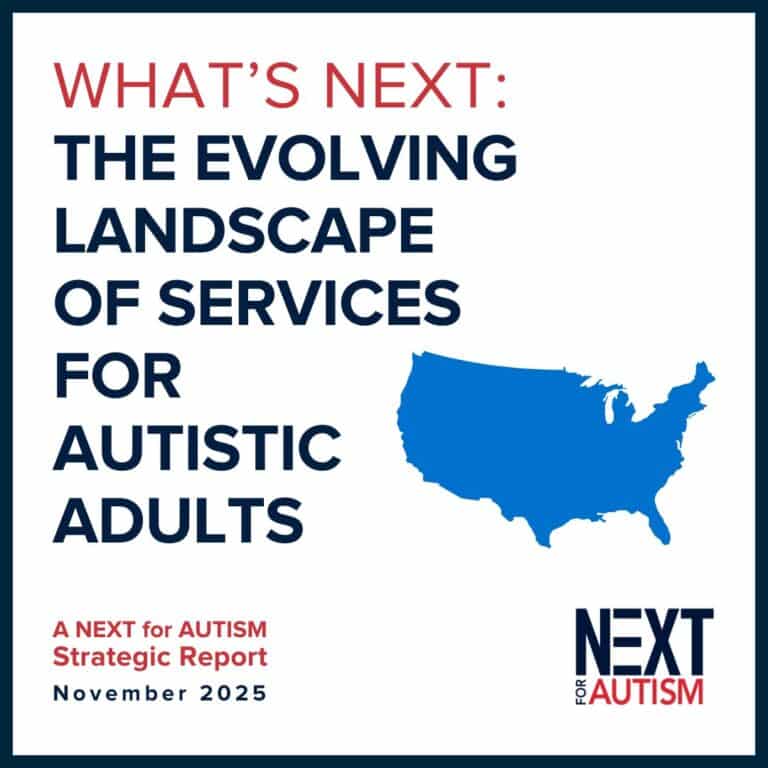Conflict. It’s that awkward, stomach-tightening feeling when something said doesn’t feel quite right. Whether it’s a coworker questioning your project or a cousin launching into politics before the Thanksgiving turkey is carved, the feelings are the same: frustration, confusion, or a rising heat of emotion that indicates “something’s off.” However, not every disagreement is a genuine conflict, and not every conflict requires escalation. The Conflict Matrix is a straightforward decision-making tool that can help you assess what’s truly happening and respond with clarity rather than reactivity. Originally designed for workplace use, its step-by-step approach is surprisingly effective at family gatherings too…especially when dinner table conversations start to veer into dangerous territory.
Here’s how to use it, both professionally and personally.
Step 1: Pause Before Reacting
The first and most important move is to pause. Our brains are wired to react when we feel misunderstood or threatened, but reacting too quickly often worsens misunderstandings.
Take a deep breath. Maybe two and ask yourself: Am I upset about what just happened, am I interpreting it correctly, or am I just hungry? Sometimes the issue isn’t the other person, but you may be hungry, tired, or your surroundings are evoking overstimulation. Addressing that first can prevent unnecessary tension.
At Thanksgiving, this might mean stepping outside for a minute before responding to Uncle Joe’s political hot take. In the office, it might mean waiting until you’ve cleared your inbox and had a granola bar before replying to that email that hit you the wrong way.
Step 2: Is This Really a Conflict?
Not every disagreement deserves the title of “conflict.” Sometimes, it’s just a misunderstanding, a clashing tone, or someone’s “helpful suggestion” landing like a brick. A true conflict typically affects your ability to collaborate, communicate, or feel emotionally safe.
Before engaging, ask:
- At work: “Is this affecting my ability to do my job?” or “Or is this impacting my relationship with my coworker?
- At Thanksgiving: “I this affecting my ability to enjoy my pie?” or “Is this impacting my relationships with Uncle Joe?”
At a family gathering, the same logic applies. You can disagree about the best stuffing recipe without turning it into a philosophical debate. If the topic doesn’t serve a connection or mutual understanding, it’s okay to disengage and focus on the pie instead.
Step 3: Seek Understanding, Not Victory
If you determine the issue is worth addressing, shift from defense to curiosity. This is where most conflicts either heal or escalate.
Try asking:
- At work: “Can you tell me more about what you meant in that email?” or “I may have misunderstood that, can you say more?”
- At Thanksgiving: “That’s interesting, Uncle Joe, what makes you say that?” or “I think I misunderstood you, Uncle Joe. Can you clarify what you meant by that?”
The goal is understanding, not proving who’s right. Listening to understand doesn’t mean you agree; it means you value the relationship more than the argument. At work, this might prevent a miscommunication about deadlines from magnifying. At Thanksgiving, it might defuse a conversation about current events before it ruins the gravy.
Step 4: Find the Root Cause
Once things have calmed down, figure out what’s really causing the friction. Are there unclear expectations? Role confusion? Personality differences? Understanding the “why” behind the discomfort helps everyone involved focus on problem-solving rather than blame.
In families, the root cause might be old dynamics of feeling unheard, unseen, or unappreciated. Recognizing that doesn’t excuse behavior, but it helps you respond with empathy instead of frustration.
Step 5: Solve It Together
When both sides have had a chance to share, work together to find a fair, realistic path forward.
In the workplace, this might mean setting clearer boundaries, dividing tasks differently, or checking in more frequently. Around the Thanksgiving table, it might mean agreeing to focus on shared memories (“Let’s tell our favorite childhood stories”) or planning activities that bring everyone together, like cooking, games, or a group walk after dinner.
If you can’t find a solution at the moment, it’s okay to step back and revisit later.
Step 6: Revisit and Reflect
True resolution doesn’t end when the conversation does. Check in with each other. Did the solution work? Do both people feel heard and respected?
If the answer is yes, celebrate that progress. If not, don’t give up. Adjust, revisit, or, when necessary, bring in a neutral third party, whether that’s a supervisor at work or a trusted family member who can help mediate.
Reflection also helps you recognize patterns: When do you tend to get triggered? What helps you stay calm? Over time, you’ll start catching conflicts earlier, before they take root. Remember, resolving a conflict doesn’t mean everyone agrees. It means everyone feels heard.
Step 7: Choose Peace Over Perfect
Ultimately, the goal isn’t to avoid all disagreement. It’s to handle it with awareness, dignity, and care.
The Conflict Matrix reminds us that most tensions, at work or at the dinner table, are opportunities to practice empathy and build trust.
You can’t control what others say, but you can control how you show up. And often, the most powerful thing you can do is pause, breathe, and choose peace.
Whether you’re leading a project team or carving the turkey, calm is contagious, and clarity keeps the conversation (and the stuffing) from falling apart.









Leave a Reply